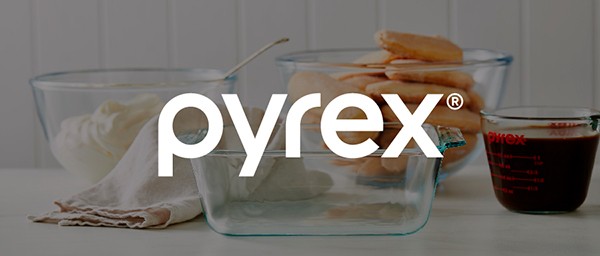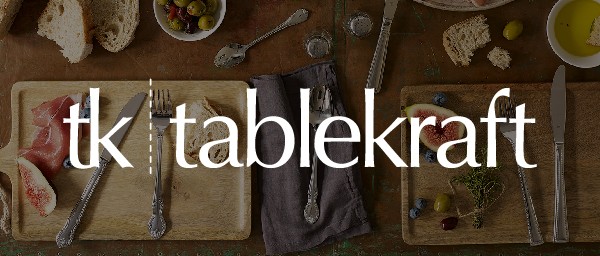Proper Way Of Grooming A Pet For Dogs
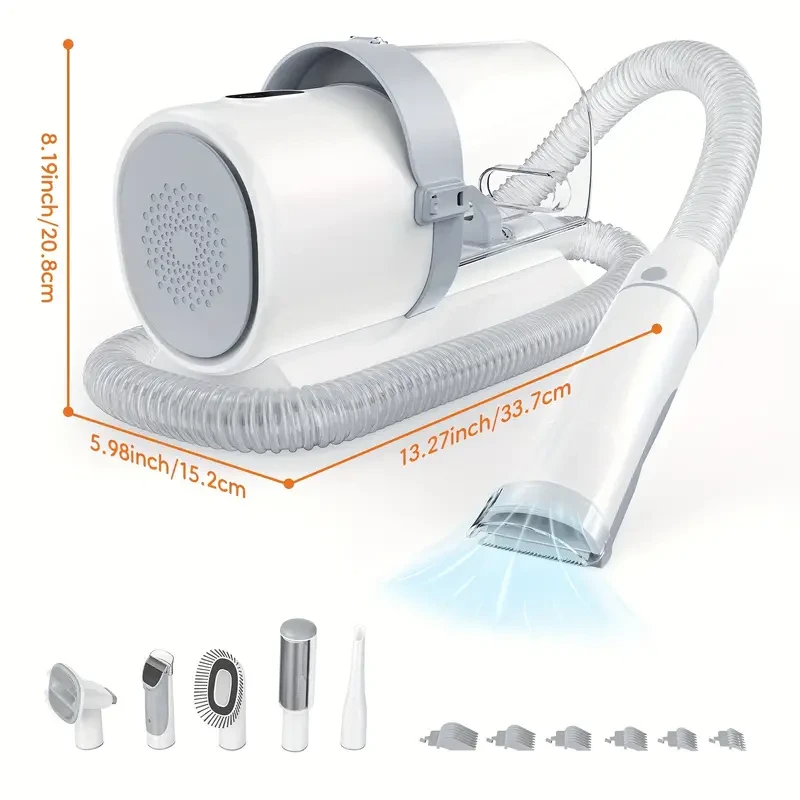
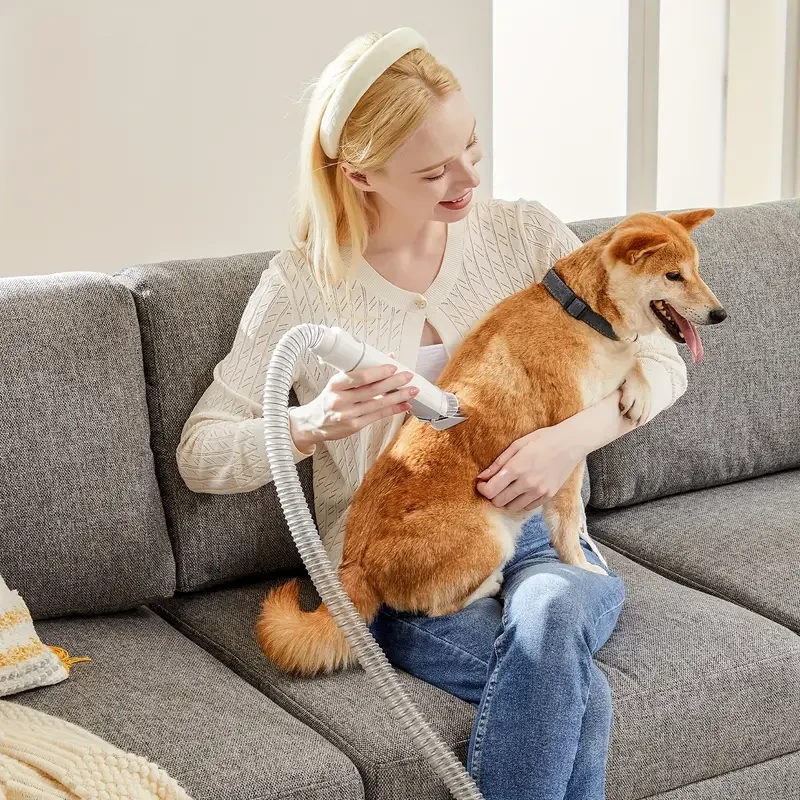
Pet Grooming Vacuum Kit 5 in 1 - Professional Clippers with 6 Guide Combs, Strong Suction for 99% Pet Hair
Gift Tree
Approx $95.51 USD
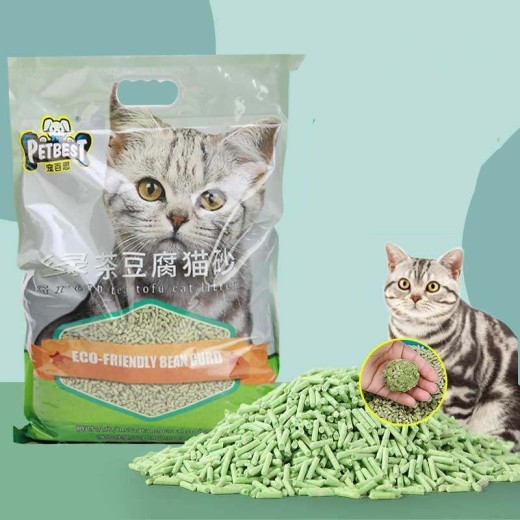

Original Green Tea Tofu Cat Litter Clumps, Deodorant Tofu Sand Dust-Free Big Bag 6 Liters Free Shipping Cat Supplies
Gift Tree
Approx $93.12 USD
Proper Way of Grooming a Pet for Dogs
Introduction to Dog Grooming
Grooming is an essential part of maintaining your dog's health and happiness. Regular grooming not only keeps your dog looking and smelling great, but it also helps prevent potential health issues. Proper grooming goes beyond just brushing—it includes bathing, nail trimming, ear cleaning, and even dental care. In New Zealand, where diverse weather conditions can affect a dog’s coat and skin, understanding the right grooming techniques is crucial.
Why Grooming is Important for Your Dog
Dog grooming is more than just an aesthetic practice—it directly impacts your pet’s overall well-being. A well-groomed dog is a healthy dog. Regular grooming sessions allow you to check for parasites, skin conditions, or abnormalities that may require veterinary attention. Here are some key benefits of dog grooming:
- Maintains a Healthy Coat & Skin – Brushing removes dirt, debris, and loose fur, preventing matting and tangling.
- Reduces Shedding – Routine grooming can significantly minimize shedding, making your home cleaner.
- Prevents Skin Infections – Bathing with the right products helps prevent bacterial and fungal infections.
- Enhances Comfort – Long nails can cause pain and posture issues, while clean ears prevent infections.
- Strengthens Bonding – Grooming your dog helps build trust and strengthens the bond between you and your pet.
How Often Should You Groom Your Dog?
The frequency of grooming depends on the breed, coat type, and activity level of your dog. Here’s a general guideline based on coat type:
- Short-haired Breeds (e.g., Beagles, Boxers, Dalmatians) – Brushing once a week, bathing every 6-8 weeks.
- Medium-haired Breeds (e.g., Border Collies, Golden Retrievers) – Brushing twice a week, bathing every 4-6 weeks.
- Long-haired Breeds (e.g., Shih Tzus, Afghan Hounds) – Daily brushing, bathing every 3-4 weeks.
- Double-coated Breeds (e.g., Huskies, German Shepherds) – Brushing multiple times a week, seasonal de-shedding.
Step-by-Step Guide to Grooming Your Dog
Brushing Your Dog’s Coat
Brushing is a fundamental part of grooming and should be done regularly to prevent tangles and mats. Different breeds require different brushes:
- Slicker Brush – Ideal for removing loose fur and tangles in long-haired breeds.
- Bristle Brush – Works well for short-haired dogs with smooth coats.
- Undercoat Rake – Essential for double-coated breeds to remove dead fur.
When brushing your dog, always start with gentle strokes and work through any knots carefully. Regular brushing not only keeps your dog’s coat healthy but also reduces the amount of hair shed around your home.
Bathing Your Dog Properly
Bathing your dog helps maintain skin health and eliminates dirt and odors. Follow these steps for an effective bath:
- Choose the Right Shampoo – Use a dog-specific shampoo suited for their coat and skin type. Avoid human shampoos, as they can cause irritation.
- Prepare Lukewarm Water – Test the temperature to ensure it's not too hot or too cold.
- Wet the Coat Thoroughly – Start from the neck and work your way down.
- Lather and Massage – Gently work the shampoo into the coat, avoiding the eyes and ears.
- Rinse Completely – Any leftover shampoo can cause skin irritation.
- Towel Dry or Use a Blow Dryer – Make sure your dog is completely dry, especially in cooler temperatures.
Nail Trimming and Paw Care
Overgrown nails can cause discomfort and lead to joint problems in dogs. Regular nail trimming is essential to maintain proper paw health. Here’s how to do it safely:
- Use a Dog Nail Clipper or Grinder – Avoid cutting too close to the quick (the pink area inside the nail).
- Trim Small Sections at a Time – If you’re unsure, consult a professional groomer or vet.
- Check for Cracks or Injuries – Examine paw pads for cuts, cracks, or foreign objects like thorns.
- Moisturize Paw Pads – In dry climates, apply dog-safe paw balm to prevent cracking.
Ear Cleaning and Dental Hygiene
Dogs are prone to ear infections and dental issues, so regular maintenance is necessary.
-
Ear Cleaning
- Use a vet-approved ear cleaner and cotton balls.
- Gently wipe the outer ear; never insert anything deep inside.
- If you notice redness, odor, or excessive wax, consult a vet.
-
Dental Care
- Brush your dog’s teeth with dog-friendly toothpaste at least 2-3 times a week.
- Provide dental chews to help reduce plaque buildup.
- Schedule regular vet checkups for dental assessments.
Professional Grooming vs. Home Grooming
Deciding between professional grooming services and at-home grooming depends on your dog’s needs and your expertise.
-
Professional Grooming Benefits:
- Ideal for breeds with intricate grooming needs (e.g., Poodles, Schnauzers).
- Includes specialized services like de-shedding treatments and styled trims.
- Ensures a thorough checkup for skin conditions and parasites.
-
Home Grooming Advantages:
- More affordable in the long run.
- Strengthens the bond between you and your dog.
- Allows you to groom at your own pace, reducing stress for nervous dogs.
Choosing the Right Grooming Products for Your Dog
Selecting the right grooming tools and products is essential for safe and effective grooming.
- Shampoo & Conditioner: Choose hypoallergenic, all-natural formulas for sensitive skin.
- Brushes & Combs: Pick the right type based on your dog’s coat.
- Nail Clippers or Grinders: Ensure a safe and smooth nail-cutting experience.
- Ear Cleaning Solutions: Vet-approved formulas prevent infections.
- Dental Care Products: Enzymatic toothpaste and dental chews promote oral health.
Grooming Tips for Dogs in New Zealand’s Climate
New Zealand’s unique climate presents some grooming challenges. Here’s how to adapt:
- Summer (Hot & Humid) – Brush frequently to prevent overheating and use sunscreen for dogs with thin coats.
- Winter (Cold & Wet) – Keep your dog dry after walks, moisturize paw pads, and consider a light coat for warmth.
- Allergies & Seasonal Shedding – Some dogs may develop allergies; regular bathing and a proper diet help manage symptoms.
Conclusion: Making Grooming a Positive Experience
Dog grooming should be a pleasant and stress-free activity for both you and your pet. Start slow, use positive reinforcement, and reward your dog with treats or playtime after grooming. Whether you choose professional grooming or prefer a DIY approach, regular care ensures that your dog stays happy, comfortable, and healthy.
By following these grooming tips tailored for New Zealand’s environment, you can keep your furry friend looking great and feeling their best all year round.
Enter your content here

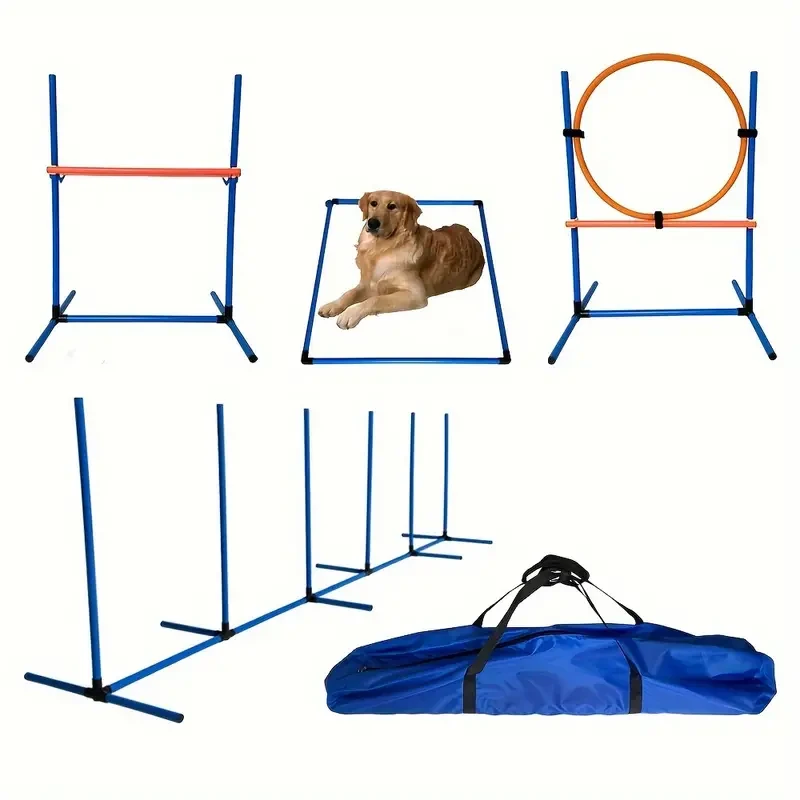

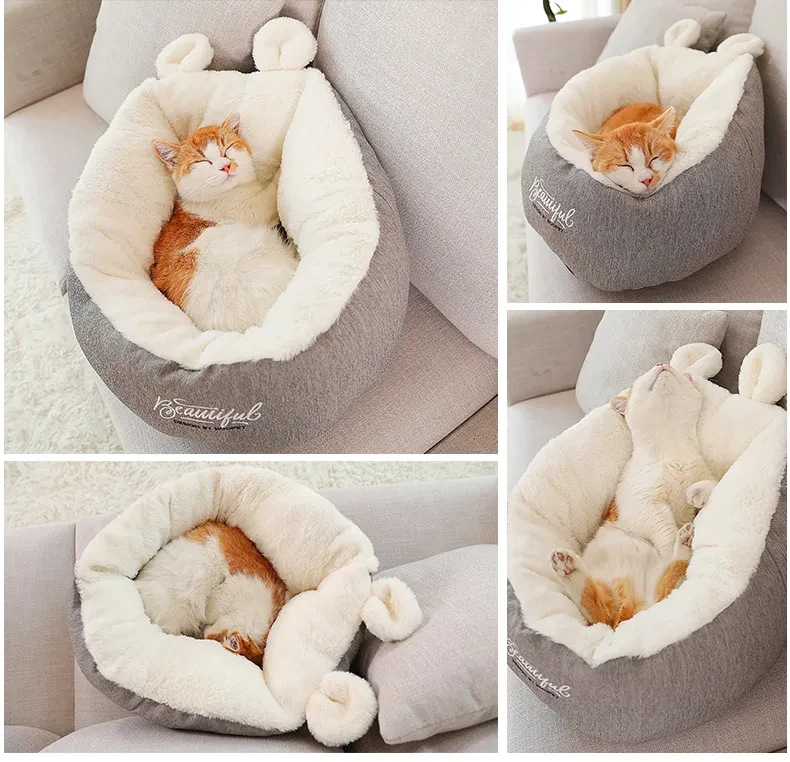
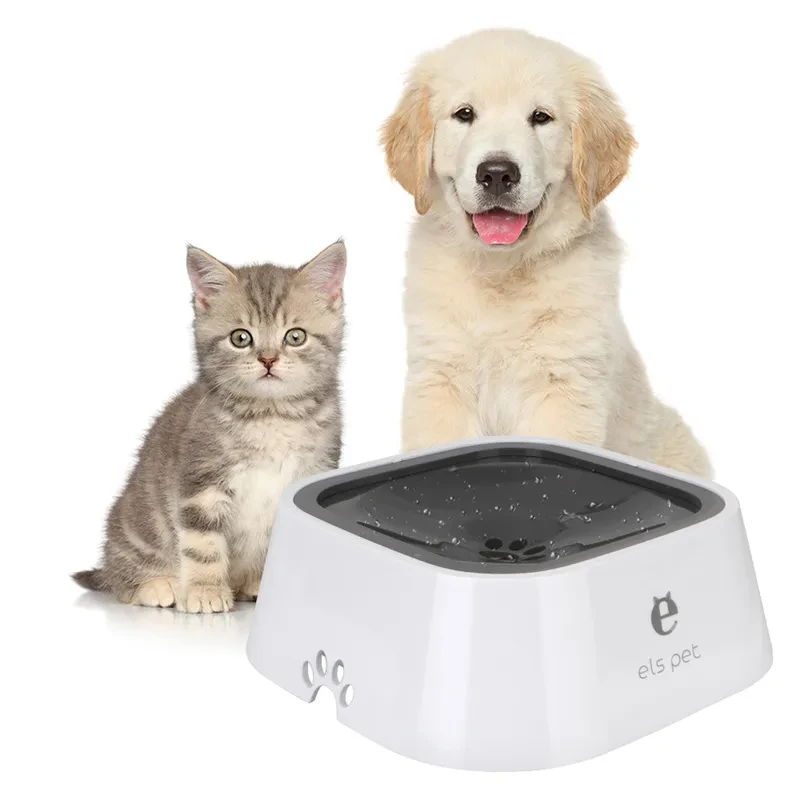
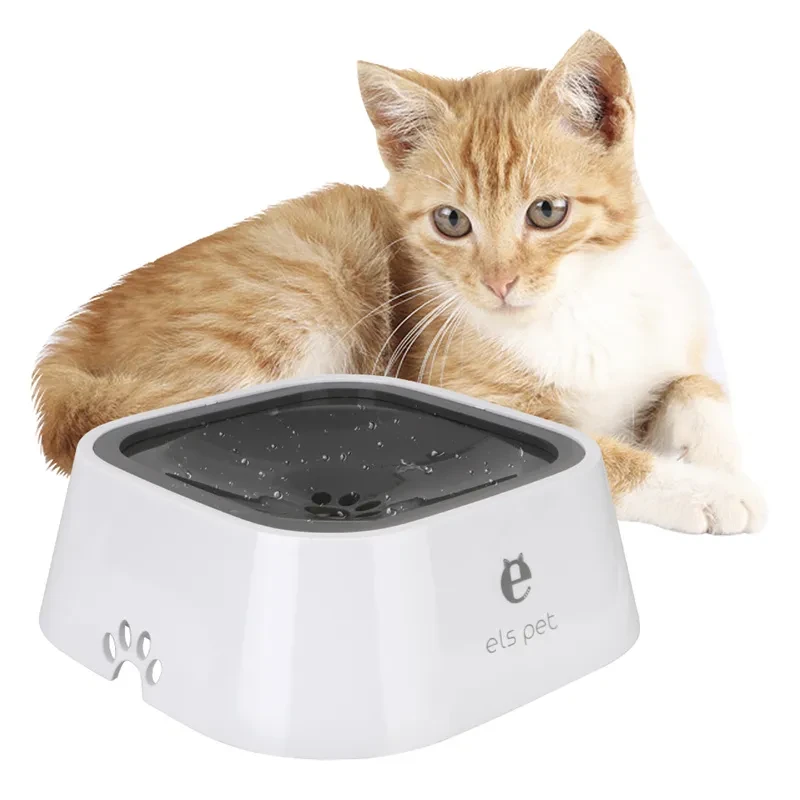




.jpg)

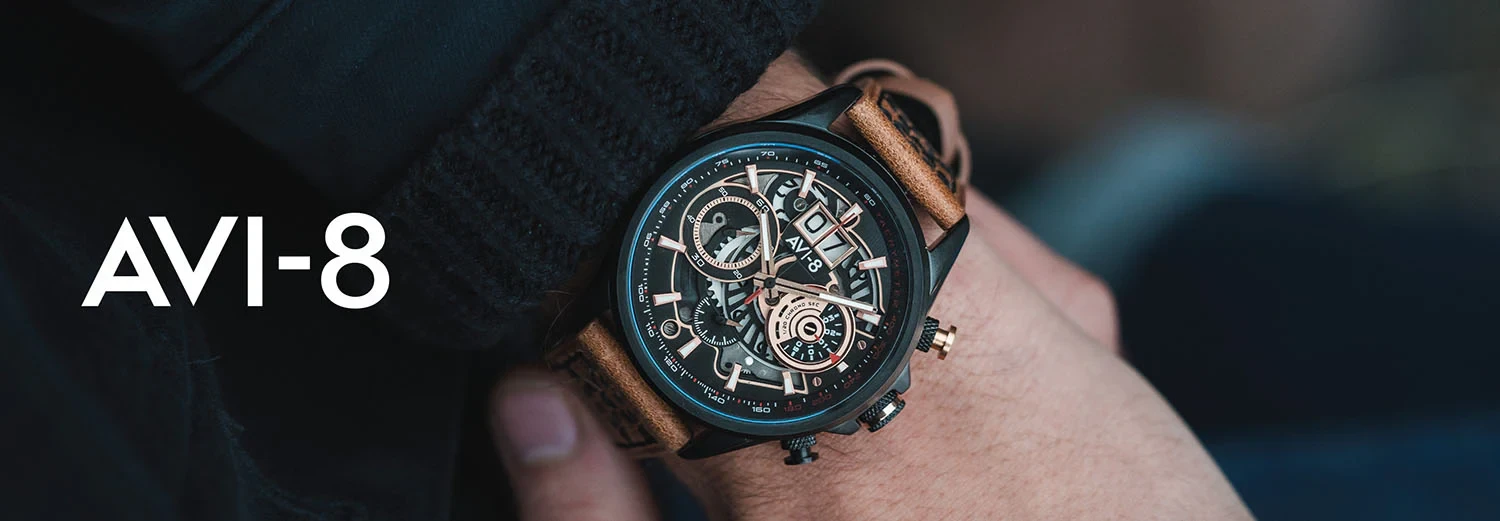







.jpg)





.jpeg)





.jpeg)



.jpeg)








.jpeg)



.jpeg)

.jpeg)

.jpeg)

.jpeg)


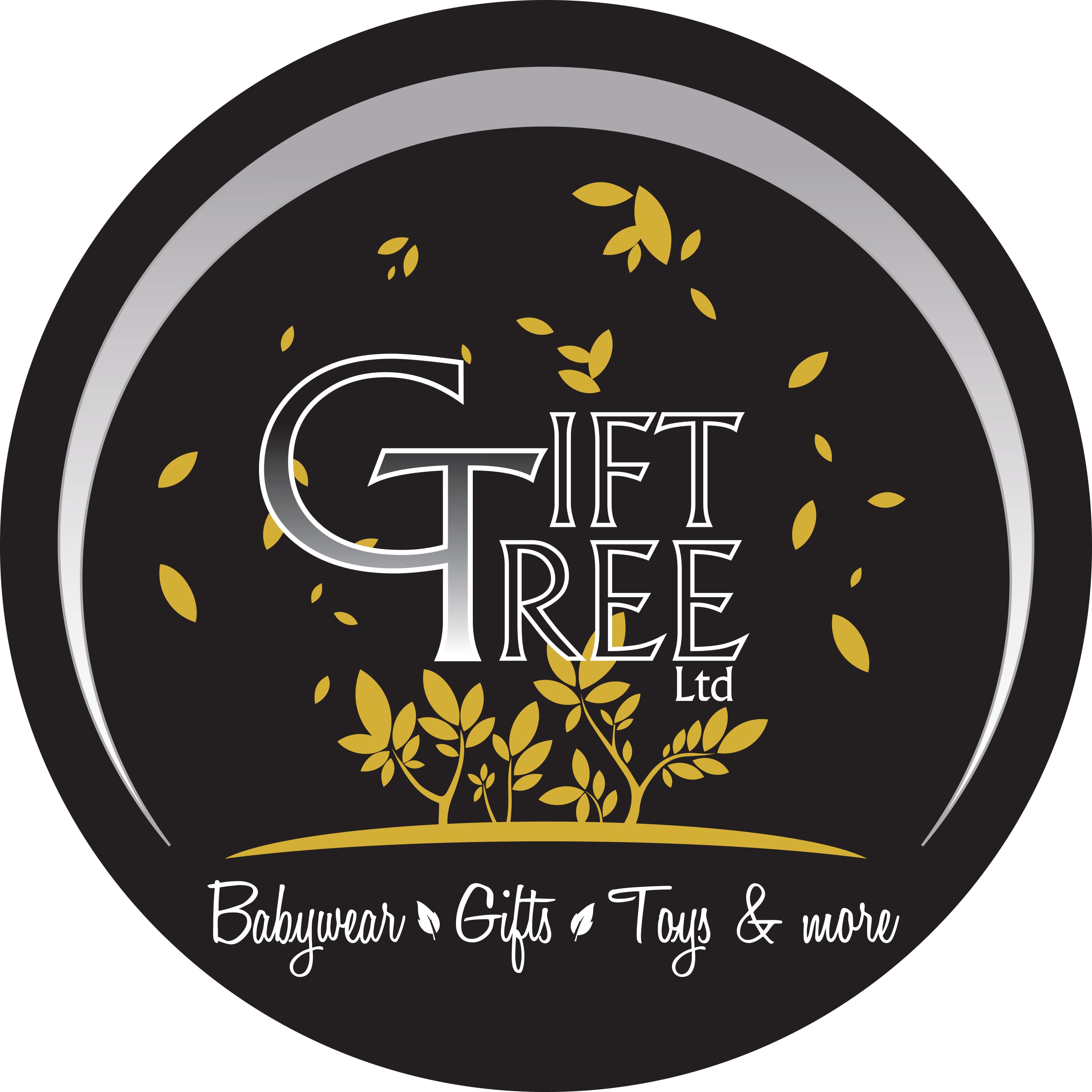

.jpeg)
.jpg)

.jpeg)






.jpeg)
.jpeg)




.jpeg)





.jpeg)


.jpeg)

.jpeg)

.jpeg)

.jpeg)







.jpeg)
.jpeg)
.jpeg)





.jpeg)



.jpeg)






.jpg)
.jpeg)









.jpg)


ulva-Logo.jpg)




.jpeg)



.png)



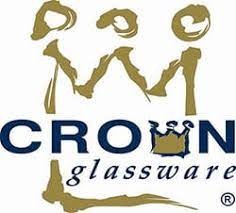


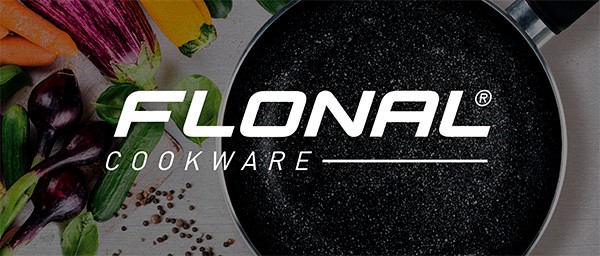





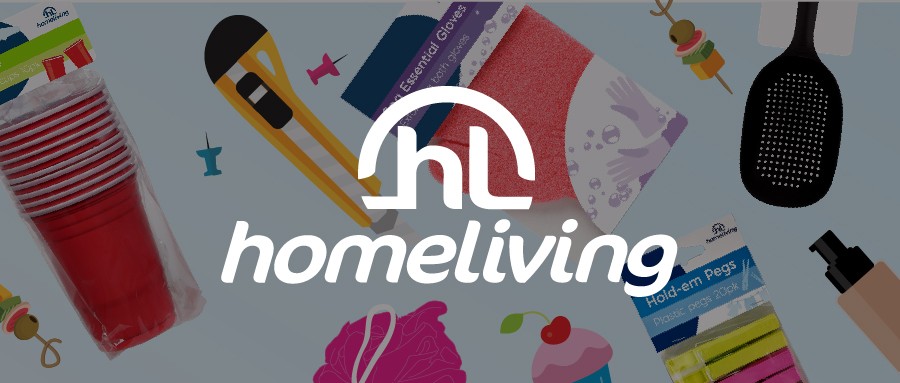


.png)









